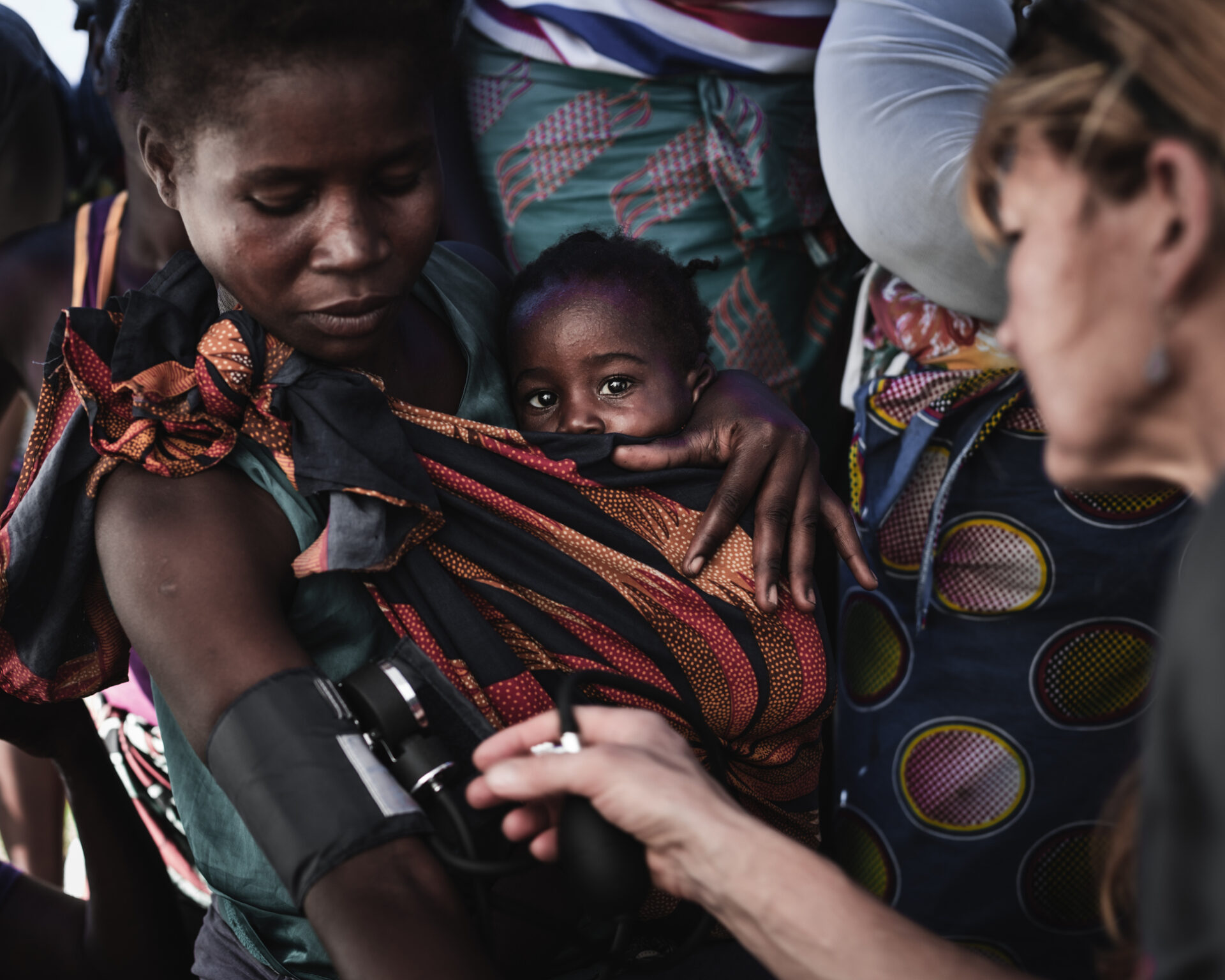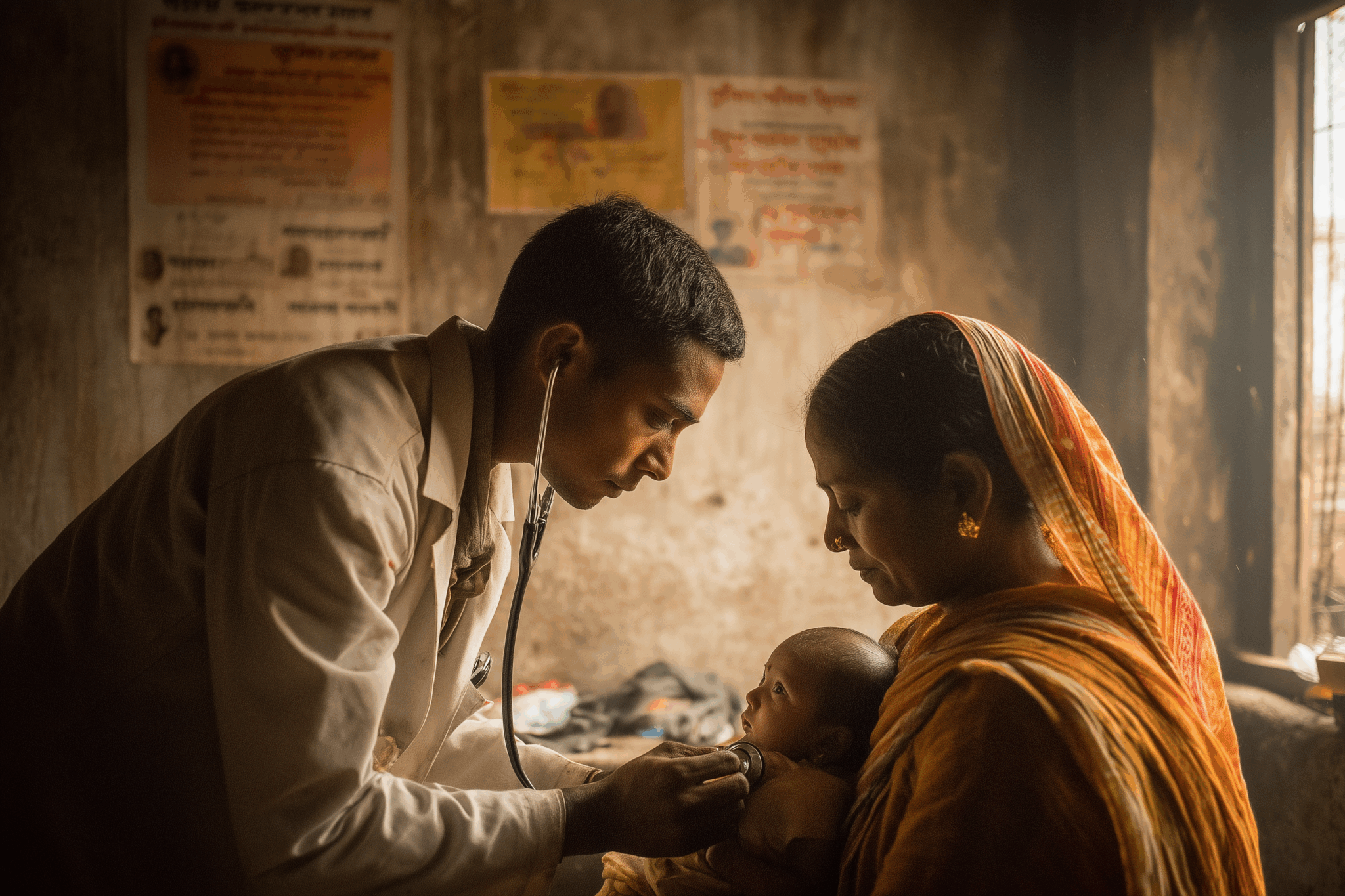Bread for the World advocates and coalition partners have worked tirelessly to build support in Congress for establishing global nutrition as a priority of U.S. foreign assistance. In October 2022, President Biden signed the Global Malnutrition Prevention and Treatment Act (GMPTA) into law. The GMPTA was meant to bring greater strategic vision, effectiveness, and accountability to the United States’ existing global nutrition efforts and impact the nutrition of tens of millions of women and children.
The GMPTA requires the U.S. Agency for International Development (USAID) to submit an implementation plan to Congress, detailing how it intends to implement the law. Bread provided feedback and recommendations as the plan was being developed. The GMPTA implementation plan was finalized in July 2023.
USAID plans to prioritize four nutrition actions that have proven highly effective in preventing and treating malnutrition for those at highest risk of developing it, particularly women and children. These actions are ensuring that pregnant women have access to prenatal vitamins, providing skilled breastfeeding support, regularly distributing vitamin A supplements to children, and promptly diagnosing and treating wasting, the most life-threatening form of malnutrition.
The plan also describes broader actions within U.S. development assistance, including integrating nutrition more completely into programs in other areas. This was one of Bread’s key “asks” as the GMPTA was developed. For more than a decade, Bread’s advocacy for global nutrition has supported a higher profile for nutrition in sectors where it had not traditionally been a focus—including agriculture.
It is encouraging that 15 of the 20 Feed the Future target countries have also been named priority countries for nutrition. The overlap between these countries will help facilitate close coordination between nutrition and agriculture programs rather than the “silos” in development assistance that have sometimes proven hard to break down.
World news reports make it clear that nutrition advocates—and the global community as a whole—still have a lot more to do. Here are some priorities for the near future connected with the GMPTA.
First, in 2021, USAID Administrator Samantha Power made a commitment that USAID would begin providing at least 25 percent of its program funds directly to local partners in lower-income countries by 2025. This commitment should extend to nutrition programs.
Second, U.S. global nutrition programs need to be more ambitious, given the hunger and malnutrition crisis around the world that has rapidly worsened over the past two years. The needs are staggering. According to the World Bank’s most recent data, for example, 66 countries confront childhood stunting rates of 20 percent or higher, and 19 countries have a wasting prevalence of 10 percent or higher. Nutrition assistance is badly needed in dozens of countries that are not on the list of current priorities.
Despite donors’ record-high contributions for emergency lifesaving nutrition assistance in 2022, the fact is that the needs have grown even faster. Global nutrition programs need more funding if they are to help stop the erosion of the significant progress made over the past several decades. The United States must meet—and then exceed—President Biden’s commitment of up to $11 billion to address global malnutrition. This starts with increasing appropriations in the global nutrition sub-account.
A breakdown of U.S. funding for global nutrition should be included in USAID’s annual report to Congress, since this will make it easier for decision makers and advocates to track commitments that have already been made. It remains important not to give up – to persist in the global nutrition advocacy Bread launched more than a decade ago.
Jordan Teague Jacobs is co-director, Policy and Research Institute, with Bread for the World.



